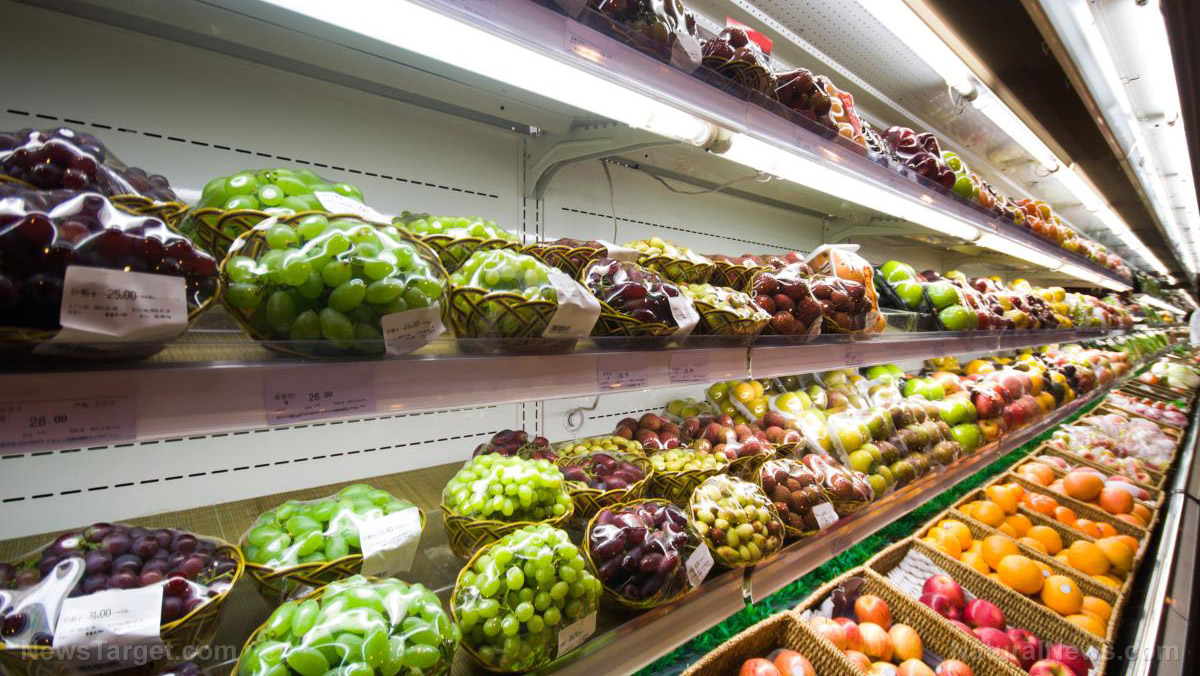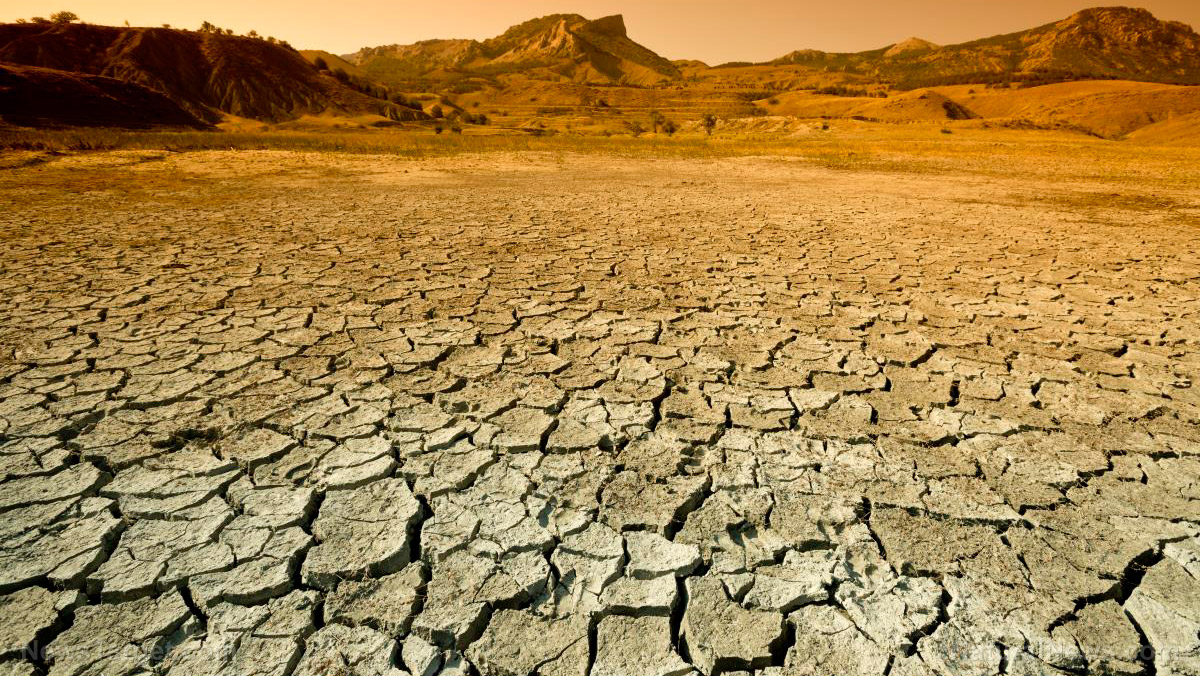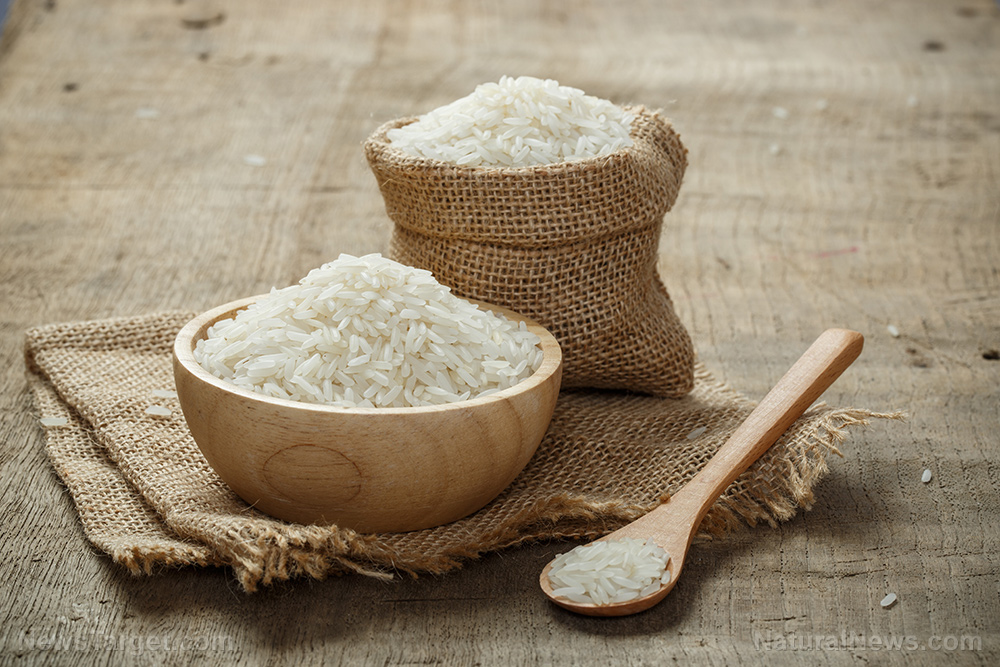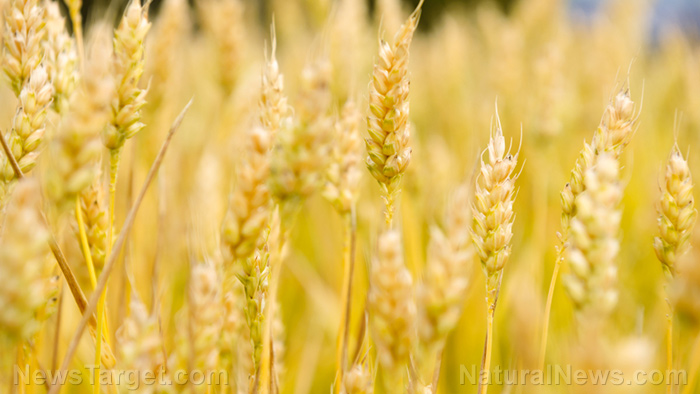Over 67K cattle die from lumpy skin disease virus, Indian government reveals
09/16/2022 / By Belle Carter
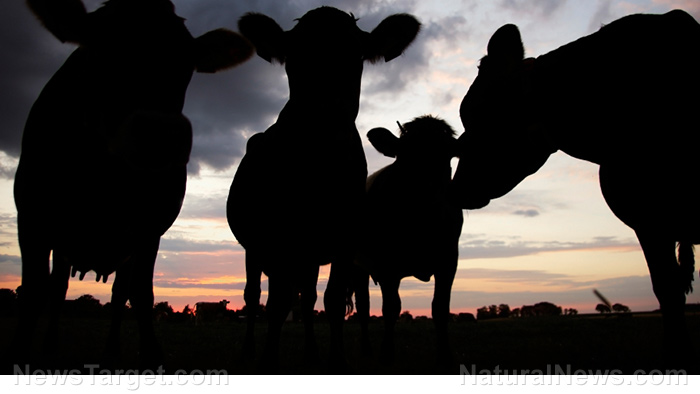
India’s government revealed that more than 67,000 cattle have died since the outbreak of lumpy skin disease (LSD) in July – with 46,000 fatalities in the northwestern state of Rajasthan alone.
Footage of an aerial shot that showed several dead cows went viral on social media, stirring anger among netizens. Following the footage’s spread, netizens accused the Rajasthan state government of doing nothing to protect cattle.
Federal Fisheries, Animal Husbandry and Dairying Minster Parshottam Khodabhai Rupala confirmed the spread of the LSD virus in several states – including Gujarat, Rajasthan, Punjab, Haryana, Uttar Pradesh and Andhra Pradesh. He added that he has visited five states to assess the situation and oversee containment operations. According to Rupala, New Delhi is monitoring the situation and also continuously issuing advisories to the affected states. (Related: Thousands of cattle die in Kansas as attack on America’s food supply continues.)
The federal minister also took the opportunity to promote the goat-pox vaccine, which is already available in the country, as “very effective.” Rupala further encouraged state government to expedite the animal vaccination process.
Jatindra Nath Swain, secretary for the Department of Animal Husbandry and Dairying, advised the proper dosage of the goat-pox vaccine for animals. One milliliter (ml) of the vaccine should be given to infected cows, but high-risk animals should be given three ml. According to Swain, 15 million doses of the goat-pox vaccine have been administered in affected states – a far cry from India’s total cattle population of around 200 million.
The secretary added that there is a sufficient supply of goat-pox vaccine in the country, and that two vaccine makers have the capacity to produce 40 million doses a month.
LSD outbreak in India could be an attack on Asia’s food supply
A virus of the capripox genus is responsible for LSD. It spreads rapidly among cows and buffaloes through blood-sucking vectors like mites, mosquitoes and ticks. The disease also causes reduced milk yield and difficulty in eating.
The main symptoms in animals are fever, discharge from the eyes and nose, salivation from the mouth, soft blisters like nodules all over the body – eventually leading to the animal’s death.
First reported in Zambia in 1929, LSD subsequently spread to Sub-Saharan Africa, the Middle East, Southeastern Europe. In Asia, the disease was first reported in Bangladesh in 2019. China, India, Nepal, Bhutan, Vietnam, Hong Kong and Myanmar later reported LSD cases in their respetive countries.
According to a 2021 report of the United Nations Food and Agriculture Organization (FAO), LSD outbreaks occur as epidemics several years apart. There is no known specific reservoir of the virus, and it is also not known where and how the virus survives between epidemics, the FAO report said.
India, the world’s largest milk producer, had a cattle population of 192.5 million in 2019, as per the 19th Livestock census. But according to authorities, there has not been any impact on milk production so far while the minister told local government units to follow the protocol of burying dead cattle.
Analysts are now worried that in addition to cattle dying due to “extreme heat” in some parts of the United States, a massive number of cows are also dying due to the said virus in South Asia. They can’t help but wonder if this marks the start of an imminent food supply attack in this part of the globe or if the virus is another “fearmongering” effort to carry out vaccination in animals. Various videos on alternative media portals claim that all these cattle died after being vaccinated with the goat pox injection.
Visit FoodCollapse.news for more news about possible attacks on worldwide food supply.
Watch the below video that shows tens of thousands of dead cows sprawled across the desert area in Rajasthan.
This video is from the Wake Up channel on Brighteon.com.
More related stories:
Intense DROUGHT driving Texas ranchers to sell off cattle herds.
Oklahoma cattle producers warn drought conditions could push beef prices to $50 a pound.
US crops, cattle herds at risk due to “intense heat and dry conditions.”
Sources include:
Submit a correction >>
Tagged Under:
agriculture, cattle, collapse, famine, farming, food collapse, food supply, goat-pox vaccine, India, infections, LSD virus, lumpy skin disease, New Delhi, outbreak, starvation, vaccine
This article may contain statements that reflect the opinion of the author
RECENT NEWS & ARTICLES
Hunger.News is a fact-based public education website published by Hunger News Features, LLC.
All content copyright © 2022 by Hunger News Features, LLC.
Contact Us with Tips or Corrections
All trademarks, registered trademarks and servicemarks mentioned on this site are the property of their respective owners.






